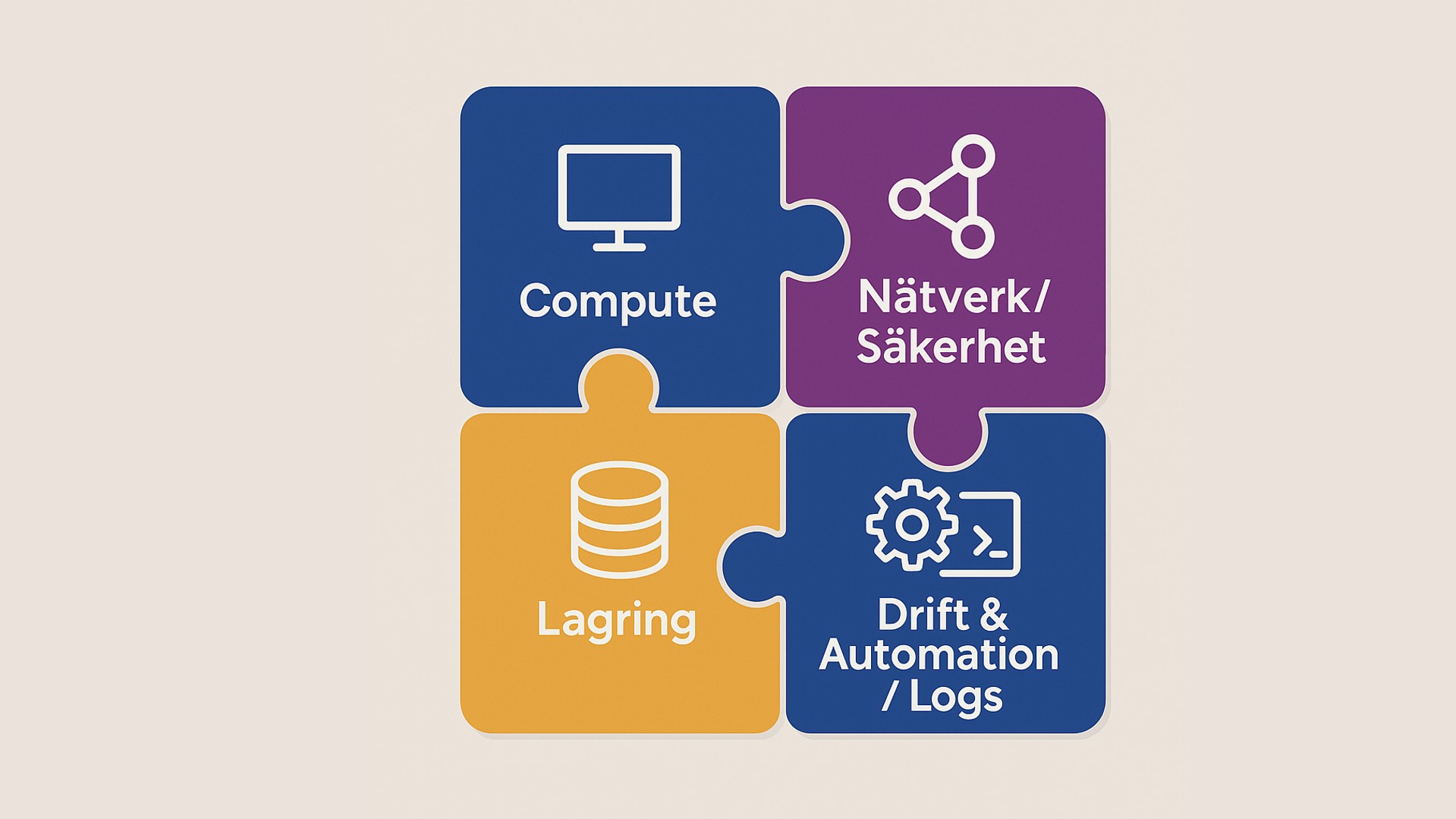Administering Microsoft Exchange Server 2016
På denna kurs får du en praktisk genomgång av hur du planerar, installerar och driver Microsoft Exchange Server. Fokus ligger på drift, säkerhet, hög tillgänglighet och felsökning för moderna Exchange-miljöer.
Du arbetar stegvis från design och AD-förberedelser till mottagarhantering, transport, klientåtkomst och lagring. Vi går vidare till övervakning, backup/återställning, Database Availability Groups (DAG), säkerhet/efterlevnad samt konfiguration och migrering. Övningar görs i realistiska scenarier.
Kursen baseras på en äldre Exchange-version. För en modern kurs i hantering av Exchange Server SE eller Exchange Online rekommenderar vi dessa kurser:
Målgrupp och förkunskaper
Kursen är framtagen för systemadministratörer, Microsoft 365-/Exchange-admins och konsulter som ansvarar för e-postinfrastruktur i Windows-/AD-miljöer. Passar både för dig som förvaltar Exchange Server 2016/2019 och för organisationer som planerar eller driver en hybridlösning med Exchange Online.
För att hänga med i kursens tempo och tillgodogöra dig dess innehåll förutsätts du ha goda kunskaper i Windows Server och Active Directory, grundläggande nätverk (DNS, TLS) samt vana vid PowerShell. Erfarenhet av Exchange (on-prem eller Online) och e-postflöden underlättar.
För att alltid hålla en hög kvalitet på våra kurser använder vi både engelsk- och svensktalande experter som kursledare.
Detaljerad information
Kursmaterialet är på engelska, med detta innehåll:
Introduction to Exchange Server
Overview of Exchange Server editions, deployment scenarios, and administrative tools. Sets expectations for on-prem, online, and hybrid operations, and clarifies key terminology and support boundaries.
Exchange Server architecture and core components
Explains logical/physical architecture, namespaces, services, and how components interact. Covers databases, transport pipeline, and client access architecture for reliable messaging.
Server roles and services
Details the consolidated role model, required Windows features, and essential services. Focus on service dependencies, health, and how roles map to common topologies.
Exchange versions and coexistence strategies
Outlines supported version paths, schema updates, and coexistence approaches. Emphasizes interoperability planning, namespace and certificate strategies during transitions.
Integration with Active Directory
Covers directory dependencies, permissions model, and identity sync. Introduces identity and how Exchange leverages AD for configuration.
Planning and Deployment
Translate business and technical requirements into an Exchange design. Prepare AD, validate prerequisites, install servers, configure namespaces/certificates, and perform post-install checks to confirm a healthy baseline.
Managing Recipients and Permissions
Create and manage user, shared, and resource mailboxes; groups and address lists. Apply policies and naming standards. Use RBAC to delegate admin tasks safely and consistently.
Mail Flow and Transport Services
Design transport architecture and routing, configure Send/Receive connectors, and enforce rules and policies. Monitor queues, track messages, and implement anti-spam/anti-malware protections.
Client Access and Connectivity
Enable Outlook, OWA, and mobile access with Autodiscover and virtual directories. Configure certificates and SSL, choose auth methods, and troubleshoot client connectivity end-to-end.
Mailbox Databases and Storage Management
Plan storage layout and database design. Manage database copies and logs, implement backup and recovery options, and schedule maintenance while understanding circular logging trade-offs.
Monitoring and Troubleshooting
Use EAC and Exchange Management Shell for operations. Perform health checks and performance monitoring, leverage diagnostics, and resolve common issues with structured troubleshooting.
High Availability and Disaster Recovery
Plan and configure DAGs, quorum, and networks for resilience. Test failover and recovery scenarios. Align backup/restore and site resilience strategies with RPO/RTO targets.
Security and Compliance
Harden mail flow with TLS, apply encryption and rights management, and classify messages. Manage retention and archiving, and implement DLP, auditing, and eDiscovery to meet compliance needs.
Operations and Maintenance
Keep servers updated and tuned, plan capacity, and document operational practices. Manage lifecycle, including upgrade paths and migration planning aligned with support timelines.
Kursen hålls på begäran - Kontakta oss för mer information.
Telefon: 08-562 557 50 E-post: kursbokning@cornerstone.se
Relaterat innehåll


